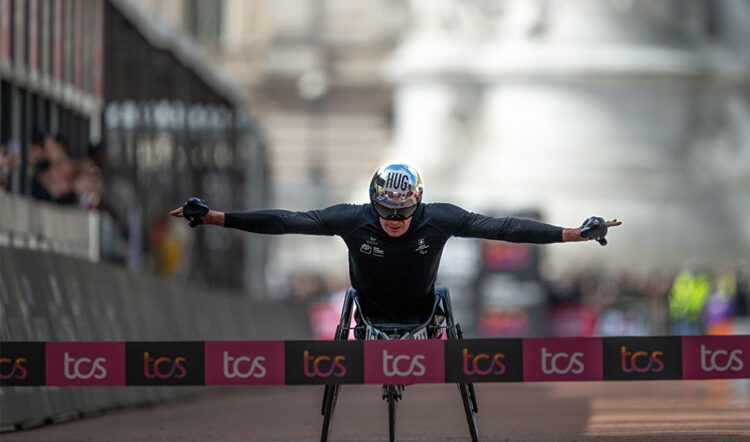The big performances and leading results feature in our round-up
From my personal experience, this was my 41st consecutive London Marathon and I achieved my 49th consecutive year of marathoning, but it went so badly it might be the last as I was just outside the necessary Good for Age qualifying time. However, if this was my last it was a great one to go out on.
Windy weather made the fast times even more remarkable and a record 50,000 plus finishers, together with fantastic atmosphere, crowd support, record charity income and great British performances made it one of the best Londons – and marathons anywhere – ever.
Here are a few of my final observances as a full-time journalist.
Equality
There was general appreciation for the fact that men, women and wheelchair athletes now get equitable prize money but is it really equality?
I go so far back I can remember when women never ran marathons. I also recall even 40 years ago when big half-marathon events gave cars to the first man and a tracksuit to the first woman and when the wheelchair women’s event consisted of just Tanni Grey-Thompson. For female and para athletes, the playing field has not been a level one.
But now the wheelchair events arguably have even more of the world’s leading exponents than the able-bodied races and of course, with their wheelchairs, the athletes have huge expenses with buying and maintaining their chairs.
Marcel Hug (LM Events)
However, for the best, the wheelchair race is not the same endurance event as running the marathon.
Thanks to their top of the range chairs, the leading men can break 1:30 and while I am sure it is still very gruelling, it clearly doesn’t take as much out of you as running does, otherwise many of the leading exponents wouldn’t have also done Boston less than a week before.
Runners don’t really have the option of winning prize money twice in a week, with the highest elite only able to do two or three a year while a wheelchair athlete (given the shorter distance and the fact the event resembles cycling more than running) can do many more.
There is an argument also that the huge costs of a wheelchair precludes all but the most wealthy nations but wheelchair racers can point out that while the elite running races are Kenya and Ethiopia dominated and only nine different nations feature in the running top 20, the wheelchair racers can boast a healthier 13 different nations, although clearly there are worldwide very few top-class wheelchair…
CLICK HERE to Read the Full Original Article at AW…

